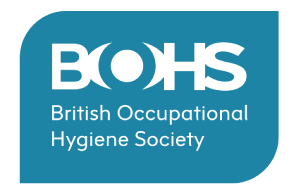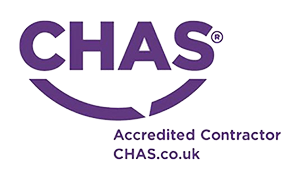Call the experts on: 01706 878 330
The importance of good housekeeping is not to be underestimated when it comes to spraybooth operation. Keeping the environment clean and tidy is a reliable way to keep the area free from dust and contaminants, which not only preserves the quality of the finish but also alleviates vital safety concerns, too.
Keeping the spraybooth, surrounding areas and mixing room clean and clutter-free is vitally important in the painting process. Open tins and contaminated rags must be removed from the spraybooth and paint mixing room, as these objects are a major source of dust and dirt which can ultimately find its way into the paint finish. Crucially, these items constitute a major fire risk. Hooks, clamps, stands and grids should be cleaned regularly to prevent dirt build-up, and the spraybooth walls should be kept clean and white to promote the best environment for spraying. Beta offer a range of products and protective coatings to keep the spraybooth cabin in optimum condition.
Under negative pressure, when the spraybooth doors are opened, dust and debris can be drawn into a cabin risking contamination. A good way to reduce this risk of contamination is to promote clean working practices by keeping preparation activities separate from painting activities. If this separation is not possible, it is vital to keep the areas around the spraybooth as clean as possible.
We often see a huge build-up of dust on the spraybooth roofs and a concerted effort must be made to avoid this. Dust itself can be explosive and it should be cleaned away regularly to prevent contamination and reduce fire risks.
Often, when contamination is detected on a painted surface, the first suggestion is that the filters are the cause. However, this is rarely the case, as the filters are specially engineered and designed not to shed fibres. Instead, we regularly find that contamination is caused by simple factors such as poor housekeeping, clothing, solvent popping and silicon inclusions.
The Dangerous Substances and Explosive Atmosphere Regulations 2002 (DESEAR) require employers to assess the risks of fires and explosions that may be caused by dangerous substances in the workplace. DSEAR is an important consideration when working with spraybooths, as there is a significant fire and explosion risk.
ATEX is the name commonly given to the two European Directives for controlling explosive atmospheres and categorises hazardous areas into zones. The spraybooth cabin is likely to be classified as zone 1. Zone 1 is a place in which an explosive atmosphere – consisting of a mixture of air with dangerous substances in the form of gas, vapour or mist – is likely to occasionally occur in normal operation. This is due to the flammable atomised products such as solvent.
Any electrical systems in the cabin must be suitable for a zone 1 area (these electrical systems should be marked EX1). Cracks in light glasses may result in the light fitting not complying with current standards and so damaged glasses must be replaced. Cameras, radios, extension sockets, mobile phones etc. must not be used inside the cabin unless marked EX1 and suitable for the zone.
Beta incorporate some elements of DSEAR in our Thorough Examination and Test to ensure that no unsuitable electrical equipment is present within the spraybooth cabin.
Solvent popping is usually caused by heat issues. A painted product needs to be permitted a sufficient flash-off time, in order to enable the solvent to leave the surface. This prevents the popping. To facilitate this, we recommend that spraying takes place at a constant temperature, maintained by the burner.
The manufacturer of the paint products will be able to provide information regarding flash off temperatures and spraying temperatures. We can then ensure that the system is set to achieve these.
Silicone can be a significant problem in the spraybooth, causing fish-eye paint imperfections and costly rework. So many products contain silicone and often it is not immediately obvious. For example, some deodorants and protective wear can contain silicone and this has been shown to cause paint inclusions, along with valeting products and lubricants. It can be a difficult process to identify and eliminate silicone inclusions but Beta ensure all products used in spraybooths are free from silicone and our experts are on hand to offer advice to help identify the cause of paint inclusions.
All services undertaken by Beta are completed by our own competent engineers, trained to the very latest standards and in full compliance with the Gas Safe Register. We regularly come across gas systems that have been serviced by non-Gas Safe registered persons, or not tested by such. This is illegal – no gas appliance can be safely maintained by a non-gas safe person. Allowing burner components and parts to be swapped or adjusted by someone not on the Register, or without the relevant qualifications could result in void insurance or criminal prosecution. According to Gas Safe, a person is only competent if their accreditations are valid, applicable and in date.
We appreciate that legislation and guidance can be difficult to understand in the spraybooth industries. Beta are on hand to offer expert advice and ensure that our customers are kept up to date with the changes and requirements of the current standards. Alongside this, we maintain a strong focus on providing you with market-leading products and services around air filtration, spraybooths maintenance and building services. Should you have any issues, please contact our team on 01706 878330 for more information.









